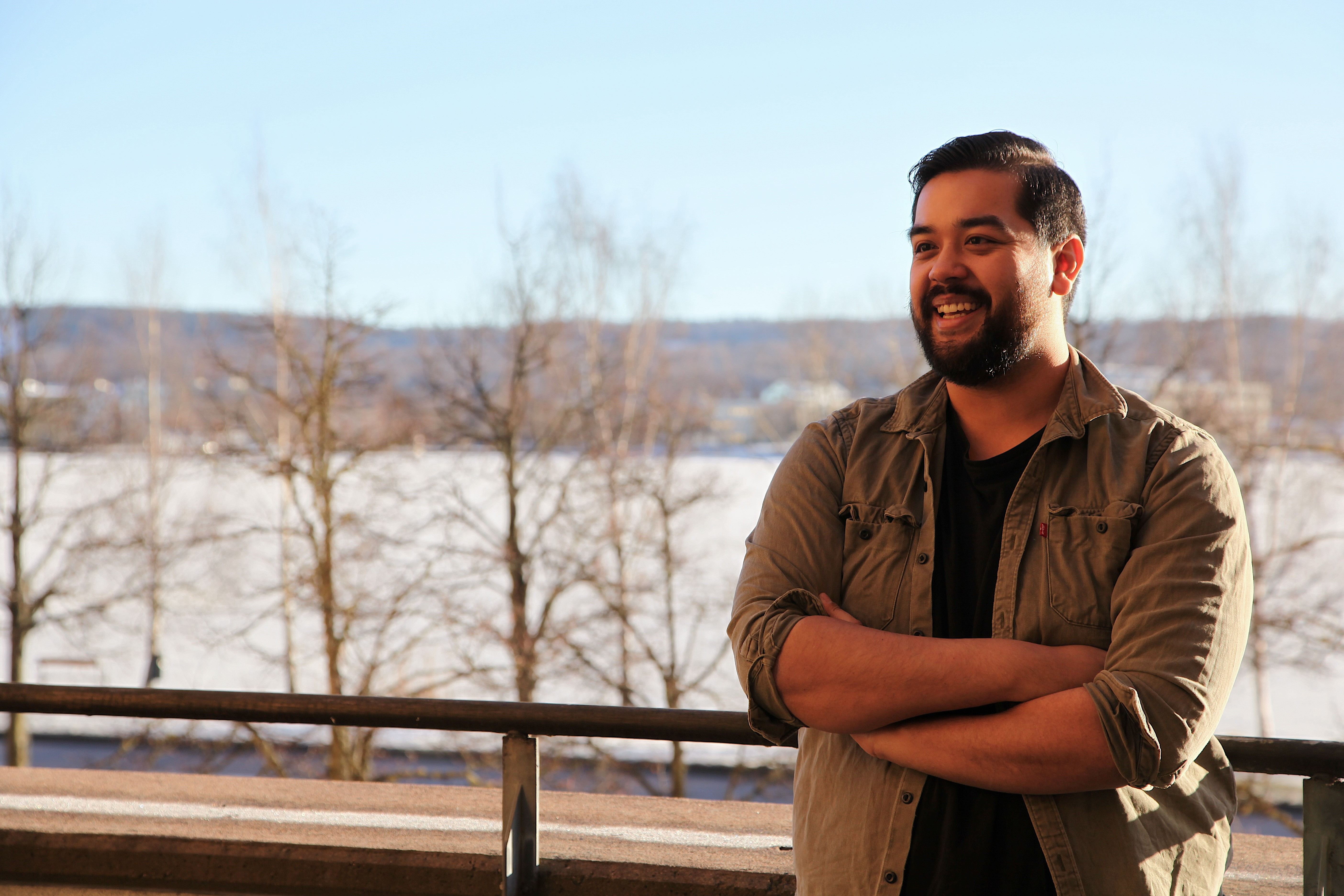Max focuses on the human aspects

Max Pettersson
How would a human act? In his research, Max Pettersson combines machine learning with human experiences and intuition: "One could call it behavioural science for AI”
You are doing research within the AFAIR project XAI-Pro?
”Yes, that's correct. I’m pursuing a PhD in computer science via XAI-Pro, a project that focuses on Explainable AI within product and service development. I’m exploring how demonstrations from experts can be integrated into a reinforcement learning algorithm, and how these demonstrations can help the algorithms solve problems that are difficult for algorithms to solve today – for example in human domains.”
Are you as interested in people as in machines?
”Of course! The human is the starting point for us to be able to create an AI that can make accurate predictions and forecasts in areas where people operate. In my research, I examine how human intuition can be translated into digital form and integrated into machine learning. The goal is for the machine to learn to understand how a human would act, and then be able to make a prediction based on this. My personal 'twist' on the subject is human expert knowledge in various fields. How does an expert think and how can you get that into a machine?”
Like hockey, for example?
"Exactly! If you want to predict how a hockey player will act in different situations, you can start with the expertise and knowledge of a skilled hockey player and then convert that into the data that you train the AI model with. Then the machine learns to think like a hockey player.”
What is the industrial benefit? Can you give some examples?
”Today, we have a shortage of expertise in many areas. If we can transfer the knowledge of human experts, AI could help with training and education in various professions. For example, you can bring in expert knowledge from a skilled biathlon instructor and use the automated knowledge in various training programs to improve the knowledge of sport shooters and adjacent domains, such as hunting shooting. If you have a robotic lawnmower on golf courses or in public areas, you can use AI to predict where people will move across the grass. It’s about classifying people’s behaviour – a variant of classic behavioural science. I find it incredibly exciting because you learn about people at the same time.”
Would you like to share your ”AI-career”?
”After high school, I started studying physics at Uppsala University with the ambition to move on to theoretical physics. That didn’t happen – instead, I moved back to Jönköping and started studying computer engineering with a focus on embedded systems at JTH. Just in time for graduation, they launched the master’s program in AI Engineering, which I decided to attend. Along the way, I became more and more interested in AI and the various subjects related to AI. After working at Saab Training & Simulation for a year, I was offered the chance to do a PhD within.”
If you could choose, which expert knowledge would you like to learn and teach through AI?
”I like to play strategy games in my free time, so it would be very interesting to incorporate that expert knowledge with AI! It would be an incredibly complex problem to solve, but one that could be generalized to other domains!”


